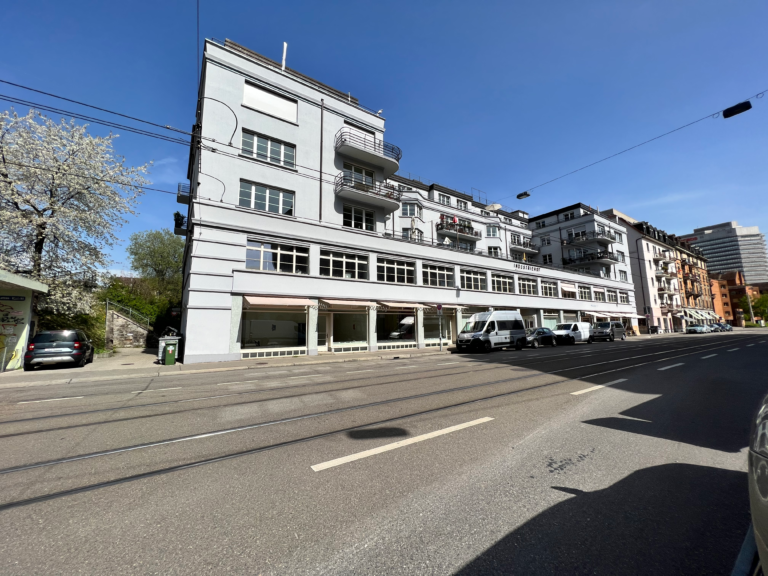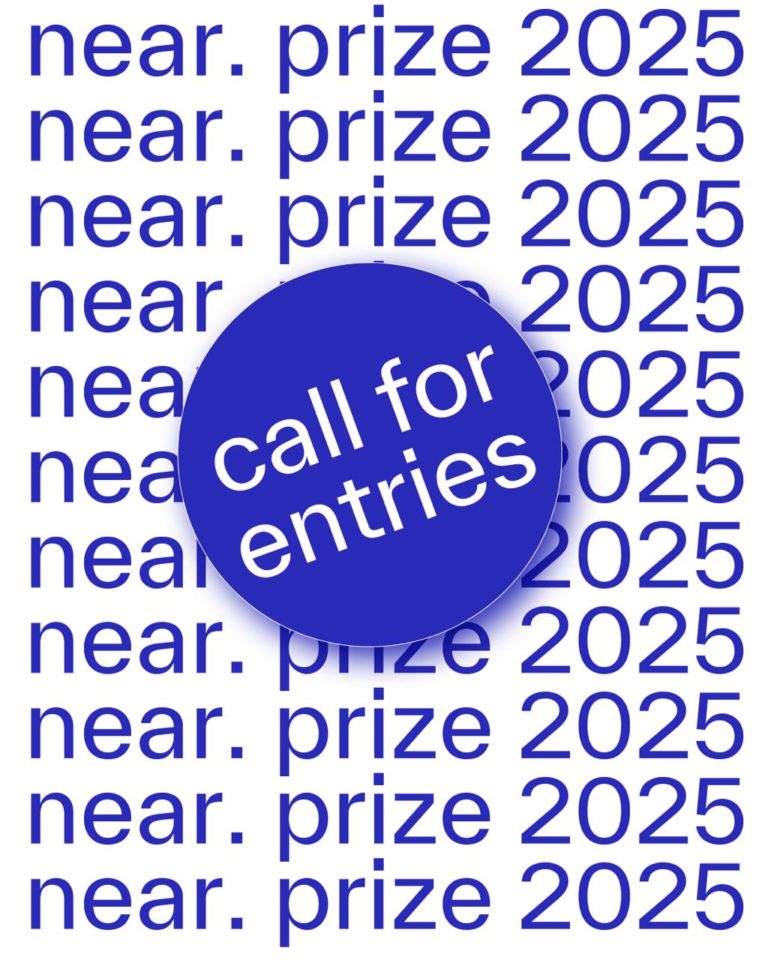What did they think when it got dark ?
After five miscarriages at close intervals, I use photography as a cathartic gesture not to sink. This work is not born of a desire, but of a vital need. The approach is quite different from the projects carried out so far; it is more intuitive, reptilian. The result is not decisive, the gesture matters.Pinhole cameras made from everyday objects, long exposure times, the transformation and the imprint of organic matter, are some of the ways I deepened. I question my relationship to materiality, I explore possible accidents, I look for them. Through a more artisanal photographic practice,I reconnect with the loss of control experienced during stopped pregnancies.






La gow, elle m'a mis le démon !
Zak, sans casque, torse nu, des allers-retours à pleine vitesse sur son scooter entre Barriol et les bords du Rhône. Lily et sa tribu, fêtant l’anniversaire d’un inconnu. Simon et Marianne, les grands, qui parlent philosophie. Amélie et Jules, de passage à Arles. Riyad et sa bande, au quartier. Louise, Nathan et Lorenzo, sortis d’un film de Truffaut. Esteban, Noémie et les autres, sur fond de Jul. Et ma peur de vieillir.





Amato
In 2019, when I arrived in Casablanca, I didn’t know that the mechanical workshop founded by my grandfather was still opened. I didn’t know that names would resurface in my memory and that I would add images. Les Roches Noires, Lycée Lyautey, the mechanical workshop on rue Saint-Savin and boulevard de la résistance. I didn’t know that I would be spending a lot of time with teenagers, curious about the young man my father might have been in this city 55 years ago. My grandfather lived in Casablanca for 60 years. He left Italy for Tunisia during second world war, decided to escape as a prisoner on a train to Casablanca, and wanted to return to live in Morocco when the war was over. My father grew up in Casablanca. The cinema where he was going on his Solex, the street where he played marbles, his childhood home, the place where he had his bed, in the corridor of the dark flat, the prickly pears on the street corner. My grandmother died in Casablanca. Migration runs in my family through the generations. My grandfather left Italy, first to work in Switzerland, then for Tunisia when the war broke out. In the end, he stayed on to live in Morocco. My father, after growing up in Casablanca, has been living in France after his university studies. I left France to study and find work in Switzerland.









My grandmother was called Camille Claudel
This work, born from the confusion on the identity of my grandmother Camille, finally deals with me, with my identity, my fears and my complexes. My body, confined and tourmented, is omnipresent.





Réunion
The picture will be a definitive trace of an emotion between a subject and an object, testifying that a link really existed. However, this trace, in the case of family memory, is becoming opaque and the oral transmission languishes after a few generations: I know few details about my ancestors, whose pictures decorate the house walls. However, they died less than a century ago.
Used to report on reality, family photography rather reflects a deformed reality, influenced by the place of the photographer in the family, his relationships with the relatives, the way he perceives his family members, the poses of the models, the framing, the choice of the moment…
Some members of the family appear more than others: it’s the case of children, who are today the main protagonists of family albums, a trend that began with Hidden Mothers, studio pictures of the nineteenth century, in which mothers were hidden under a sheet so that the child would appear alone.
The connection between reality and fiction is completely present in the memory construction. According to Paul Antze’s works, memory wouldn’t only be a reconstruction, but an imaginary construction.
In my work, this idea is obvious as I suggest here my own interpretation of family.





Born in Toulouse, Marie-Pierre Cravedi currently lives in Lausanne.
After receiving a cinema degree at La Sorbonne, she graduated in 2009 with a Master of Photography (EFTI, Madrid), while being the assistant of Alberto Garcia-Alix. After a few years as an independent, she continued her studies with a Master in Artistic Direction at ECAL.
Her work has been exhibited in international galleries and festivals such as Manifesto (Toulouse), Photo Ireland, Encontro da Imagem (Braga), Month of Photography (Bratislava), Athens Photo Festival. She won the grand prize at the Braga Photography Festival in Portugal (2014). She is the winner of the Near 2022 Award.
Location
Contact

Awards
- 2022Near Award
- 2015Laureate Vereinigung Fotografischer GestalterInnen, Lausanne, Switzerland
- 2014International Photography Award Emergentes DST, Festival Encontros Da Imagem, Braga, Portugal
- 2009Second Prize of the Contest l’Alliance Française, Madrid, Spain
Exhibitions
- 2024Maternity - CHUV, Lausanne
- Strates Gallery, Lausanne
- 2023CHUV (as part of the programme vu.ch), Lausanne
- 2022Verzasca Foto Festival, Tessin
- 201828th month of photography, Bratislava, Slovakia
- Athens Photo Festival, Athens, Greece
- 2016PhotoIreland, Dublin, Ireland
- 2014Festival Manifesto, Toulouse, France
- Musée de l’Elysée (projection), Lausanne, Switzerland
- 2022Photo Genève Festival
Publications
- 2015Abridged Magazine
- 2014yet-magazine.com
- 2013British Journal of Photography
- selfpublishbehappy.com
- Frame Magazine
Awards
- 2022Near Award
- 2015Laureate Vereinigung Fotografischer GestalterInnen, Lausanne, Switzerland
- 2014International Photography Award Emergentes DST, Festival Encontros Da Imagem, Braga, Portugal
- 2009Second Prize of the Contest l’Alliance Française, Madrid, Spain
Exhibitions
- 2024Maternity - CHUV, Lausanne
- Strates Gallery, Lausanne
- 2023CHUV (as part of the programme vu.ch), Lausanne
- 2022Verzasca Foto Festival, Tessin
- 201828th month of photography, Bratislava, Slovakia
- Athens Photo Festival, Athens, Greece
- 2016PhotoIreland, Dublin, Ireland
- 2014Festival Manifesto, Toulouse, France
- Musée de l’Elysée (projection), Lausanne, Switzerland
- 2022Photo Genève Festival
Publications
- 2015Abridged Magazine
- 2014yet-magazine.com
- 2013British Journal of Photography
- selfpublishbehappy.com
- Frame Magazine
























